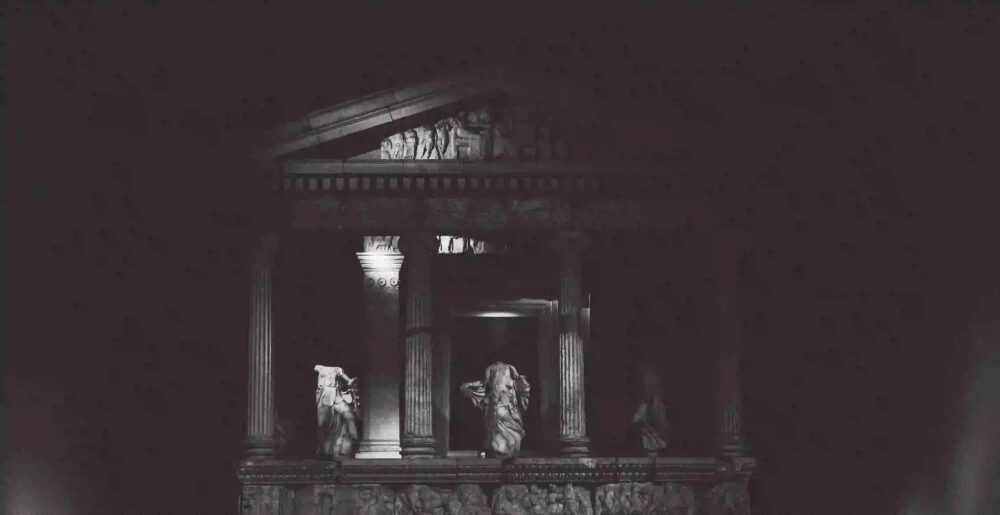Tricksters have always held a fascinating place in mythology, serving as mischievous, cunning, and unpredictable characters who challenge the norms and disrupt the established order. These deities and folk heroes can be found in cultures all around the world, each with their unique tales of trickery and cleverness. In this blog post, we will embark on a journey through the captivating world of trickster mythology, exploring the various mischievous figures and the lessons they teach us.
The Archetypal Trickster
The trickster archetype can be found in countless mythologies, often embodying a combination of cunning, humor, and chaos. These figures blur the lines between right and wrong, challenging social conventions and exposing the flaws of the world around them. They are catalysts for change, often using their wit and trickery to bring about transformation and growth.
Loki: The Norse Shapeshifter
One of the most well-known tricksters in mythology is Loki, the shapeshifting god of mischief in Norse mythology. Known for his cunning nature and ability to bring chaos wherever he goes, Loki is an intriguing and complex character. He is both a friend and a foe to the gods, often playing pranks and causing trouble, but also aiding them when it suits his own interests.
Loki’s mischievous acts range from stealing Thor’s hammer to orchestrating the death of Baldr, the beloved god of light. Despite his troublesome nature, Loki is also a symbol of necessary chaos in Norse mythology, pushing the gods to confront their own shortcomings.
Anansi: The Trickster Spider
In West African and Caribbean mythology, Anansi the Spider takes center stage as a prominent trickster figure. Anansi is a cunning and quick-witted character, often using his intelligence to outsmart others. He is known for his ability to shape-shift, spin intricate webs, and outwit powerful beings, including gods.
Anansi’s tales serve as cautionary fables, teaching important life lessons such as the consequences of greed, the value of wisdom, and the power of storytelling. Through his mischievous actions, Anansi challenges the status quo and reminds us of the importance of wit and adaptability.
Coyote: The Native American Trickster
In Native American mythology, Coyote is a prevalent trickster figure, appearing in the folklore of various tribes across North America. Coyote is a complex character, embodying both wisdom and foolishness. He is often depicted as a shape-shifter, taking on different forms to navigate the challenges he faces.
Coyote’s stories are filled with humorous and sometimes outrageous adventures, showcasing his cunning and ability to deceive others. Through his antics, Coyote teaches valuable lessons about the consequences of arrogance, the importance of humility, and the power of adaptability in the face of adversity.
Conclusion
The mythology of tricksters is a rich and diverse tapestry, woven throughout cultures and civilizations across the globe. These mischievous deities and folk heroes challenge our perceptions, push boundaries, and remind us of the power of wit and cleverness. They teach us valuable lessons about the complexities of life and the need for balance between order and chaos.
As we delve into the captivating stories of trickster mythology, we discover a world where the unpredictable and the unexpected reign supreme. So, let us embrace the mischievous spirits of these tricksters and allow their tales to ignite our imagination and inspire us to question the status quo.
The Mythology of Tricksters: Exploring Mischievous Deities and Folk Heroes is a fascinating journey into the world of trickery and cunning. From the Norse trickster god Loki to the West African spider Anansi and the Native American figure Coyote, these characters challenge our perceptions and remind us of the power of wit and cleverness. Join us as we unravel the tales of these mischievous beings and discover the valuable lessons they have to offer.
